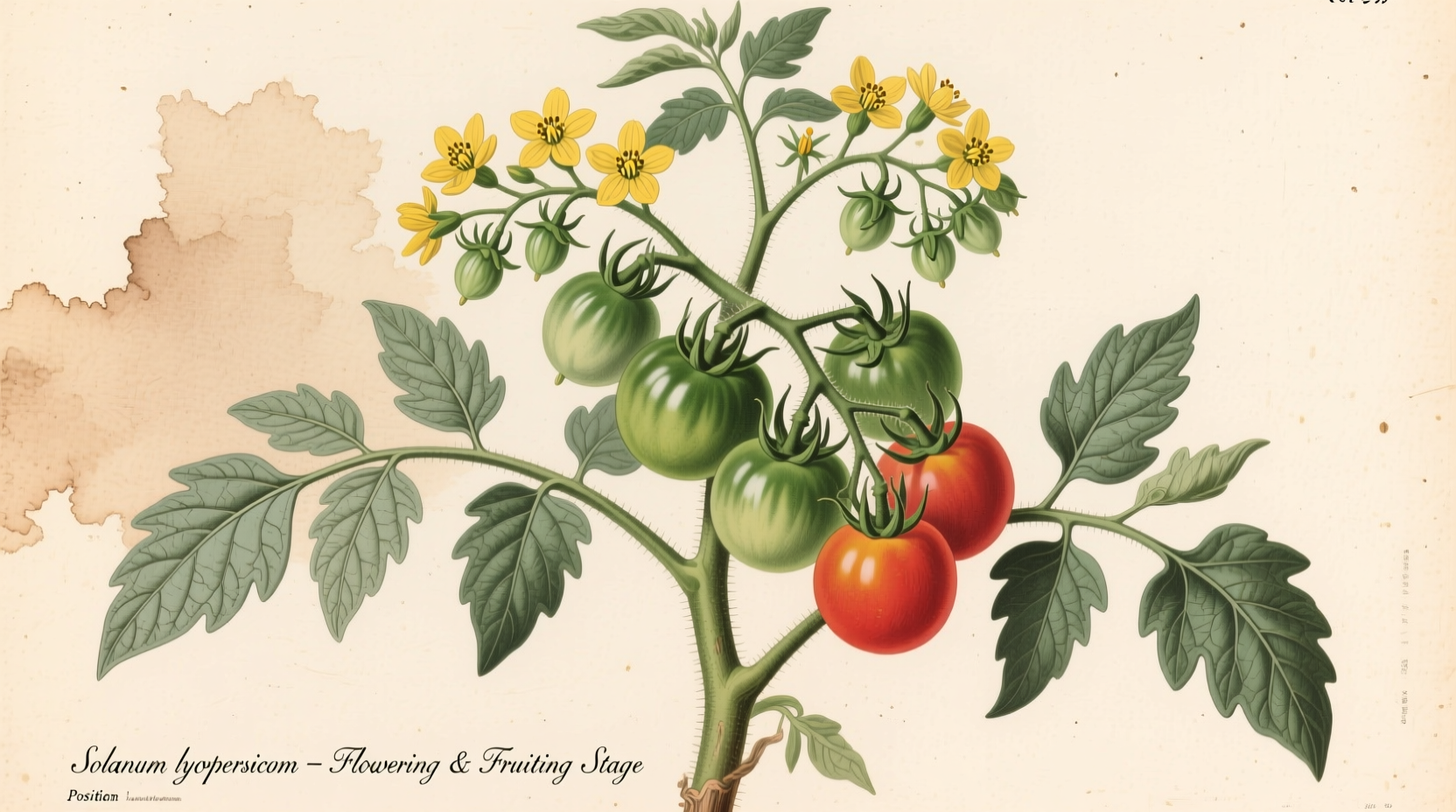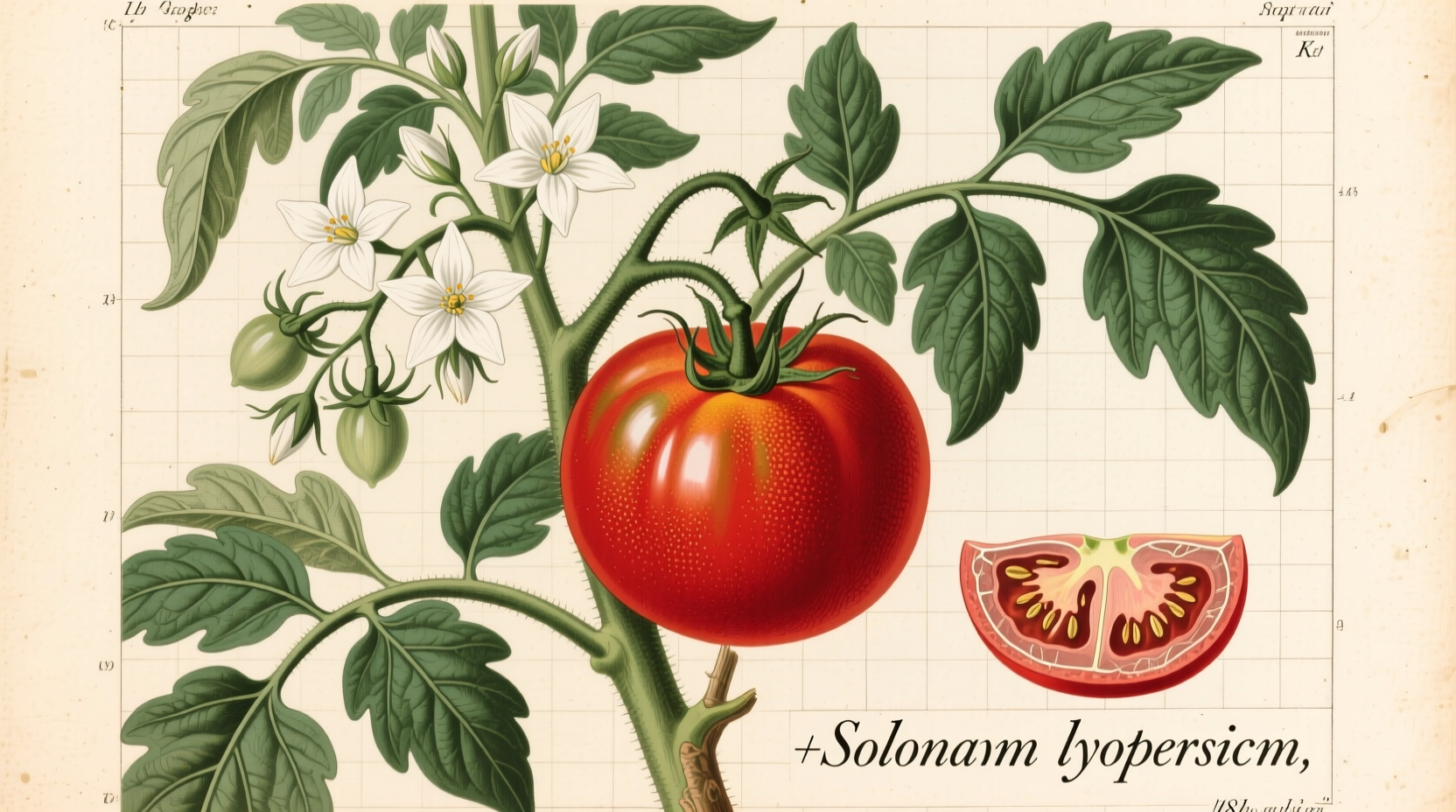Discover why knowing the precise scientific classification of tomatoes matters for gardeners, researchers, and food enthusiasts alike. This comprehensive guide cuts through common misconceptions and delivers verified botanical information you can trust.
Why Scientific Names Eliminate Confusion
Common names like "tomato" vary across regions and languages, creating identification problems. The binomial nomenclature system—established by Carl Linnaeus—provides universal clarity. When scientists reference Solanum lycopersicum, they're speaking a global language understood from research labs to agricultural extensions.
Unlike common names that might refer to multiple plants (or the same plant might have dozens of common names), the scientific name uniquely identifies:
- The genus (Solanum) grouping closely related species
- The specific epithet (lycopersicum) distinguishing it from other genus members
- The authority "L." indicating Linnaeus first described it
| Taxonomic Level | Classification | Significance |
|---|---|---|
| Kingdom | Plantae | Confirms as photosynthetic multicellular organism |
| Family | Solanaceae | Places tomato in nightshade family with potatoes and peppers |
| Genus | Solanum | Genetic studies confirmed tomato's placement here |
| Species | lycopersicum | Unique identifier within Solanum genus |
Tomato's Scientific Journey: From Lycopersicon to Solanum
For over 200 years, tomatoes were classified as Lycopersicon esculentum. This changed dramatically when molecular phylogenetic studies in the late 20th century revealed tomatoes share more genetic markers with Solanum species than previously thought.
The pivotal evidence came from:
- DNA sequencing showing 91% genetic similarity with Solanum tuberosum (potato)
- Chloroplast genome analysis published in the American Journal of Botany
- International Code of Nomenclature requiring reclassification when genetic evidence demands it
Despite the official change to Solanum lycopersicum in 2008, many gardeners and older references still use the former Lycopersicon esculentum classification—a common point of confusion we'll clarify.

Practical Applications of Knowing Tomato's Biological Name
Understanding Solanum lycopersicum isn't just academic—it has real-world implications:
For Gardeners and Farmers
Recognizing tomatoes as nightshades (Solanaceae) explains their susceptibility to similar pests and diseases as potatoes and eggplants. This knowledge informs smarter crop rotation practices and pest management strategies.
For Researchers and Breeders
The precise classification enables accurate genetic research. When scientists search databases for Solanum lycopersicum, they access the complete genomic information critical for developing disease-resistant varieties and improving nutritional content.
For Food Safety and Regulation
Regulatory agencies like the USDA and FDA use the scientific name in documentation to avoid ambiguity in food safety guidelines and import regulations.
Common Misconceptions Clarified
"Tomatoes are fruits, so they must be in a different category" - While botanically a fruit (developing from flower ovary), classification depends on evolutionary relationships, not culinary use.
"Lycopersicon esculentum is still correct" - Though some older resources persist with this name, the scientific consensus since 2008 recognizes Solanum lycopersicum as correct based on genetic evidence.
"All tomatoes are the same species" - While cultivated tomatoes (S. lycopersicum var. lycopersicum) belong to one species, wild relatives like S. pimpinellifolium (currant tomato) are distinct species used in breeding programs.
Why This Matters for Your Garden and Kitchen
When selecting seeds or researching varieties, using the correct biological name ensures you're accessing accurate information. Seed catalogs and agricultural extension services increasingly use Solanum lycopersicum in their technical documentation.
Understanding this classification helps you:
- Identify compatible companion plants (avoid planting with other nightshades)
- Research disease resistance specific to Solanum species
- Access scientific literature using proper search terms
- Understand cross-breeding possibilities with related species











 浙公网安备
33010002000092号
浙公网安备
33010002000092号 浙B2-20120091-4
浙B2-20120091-4